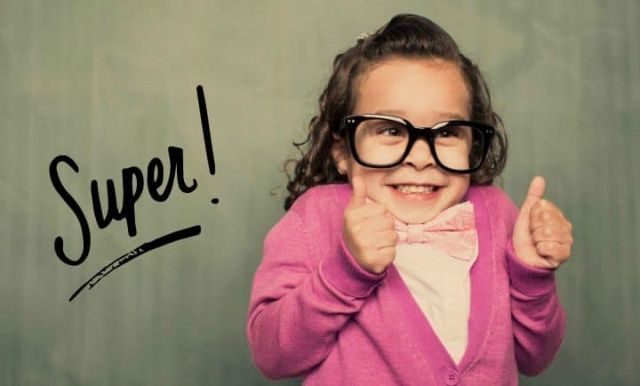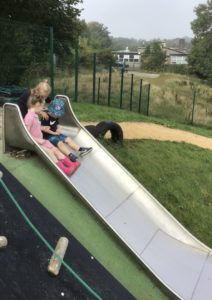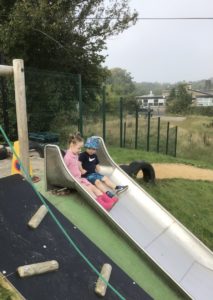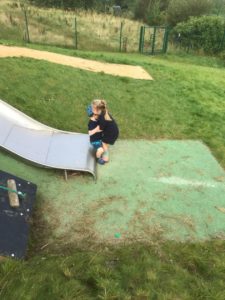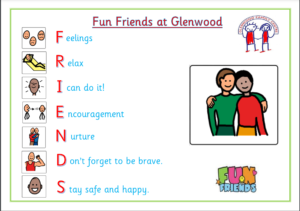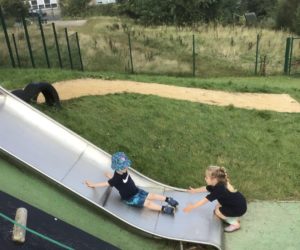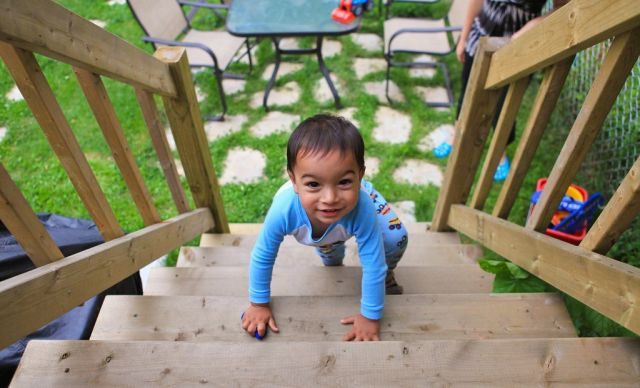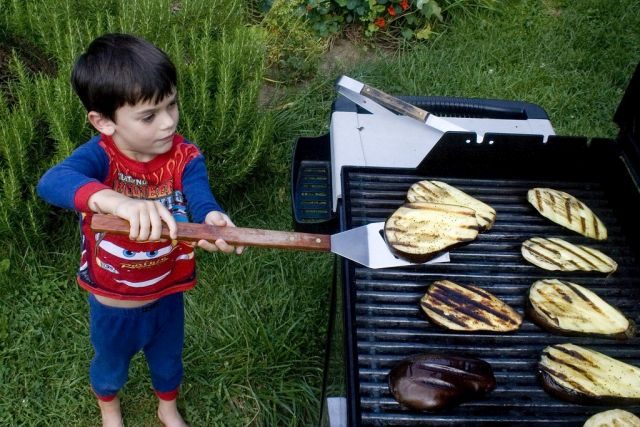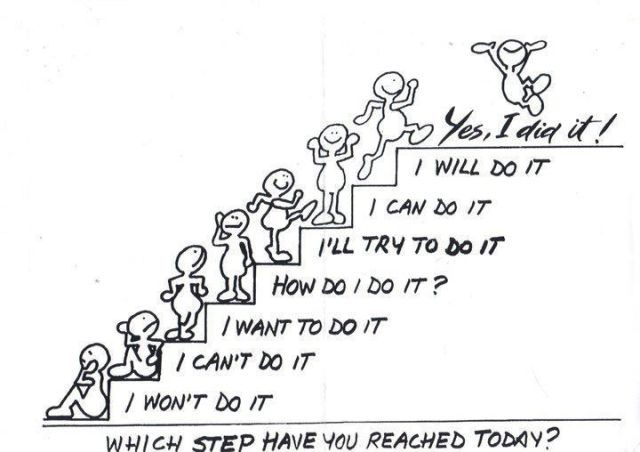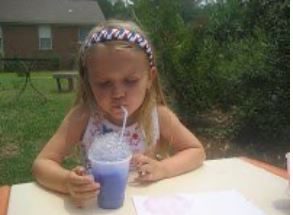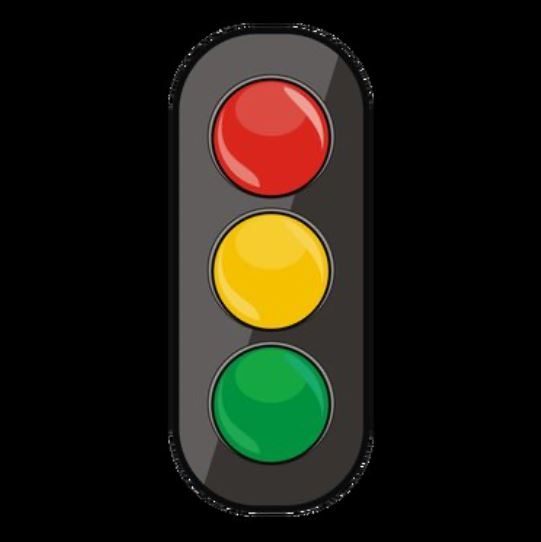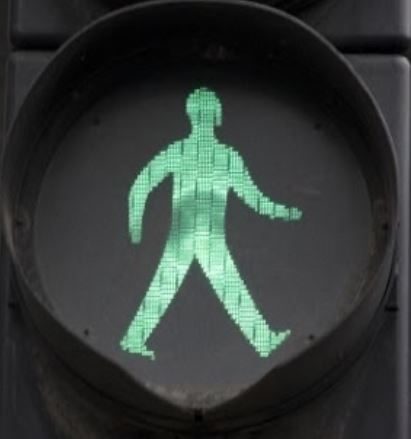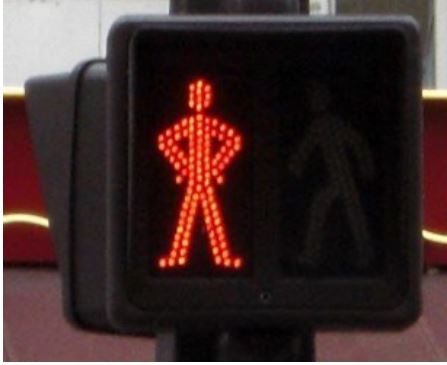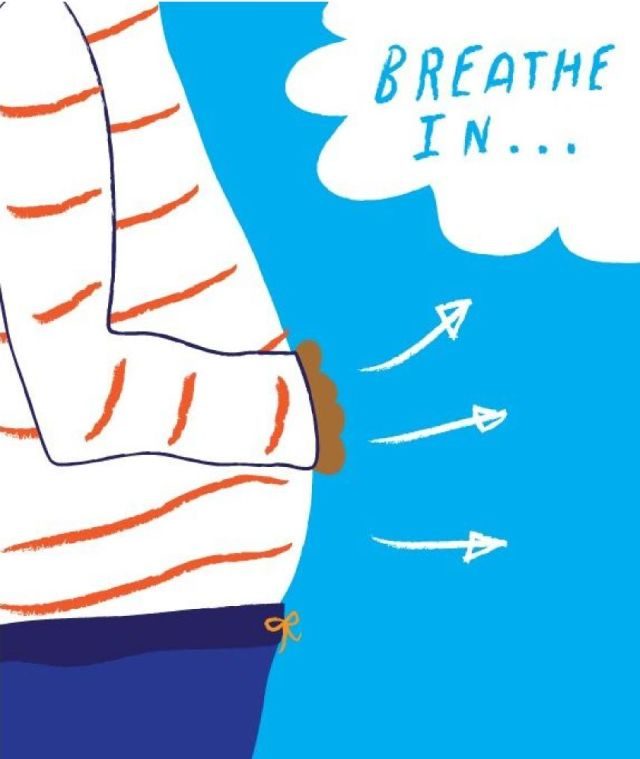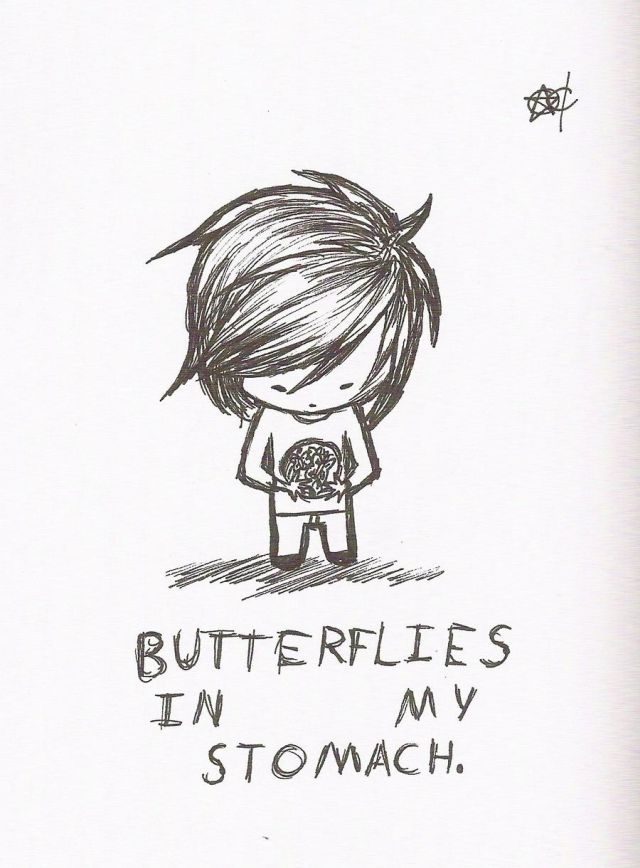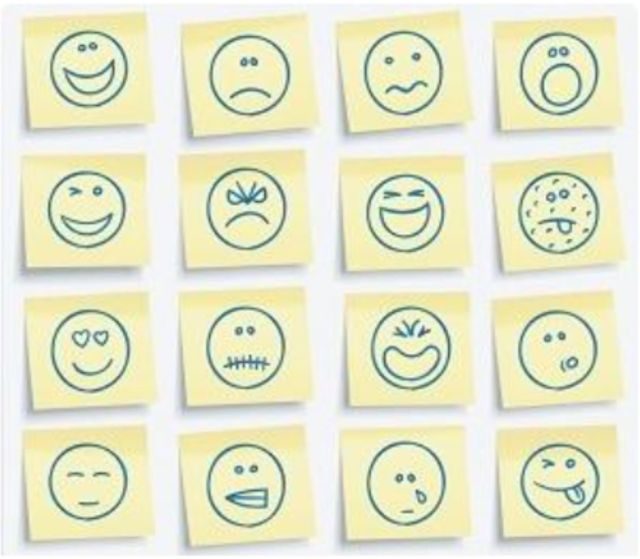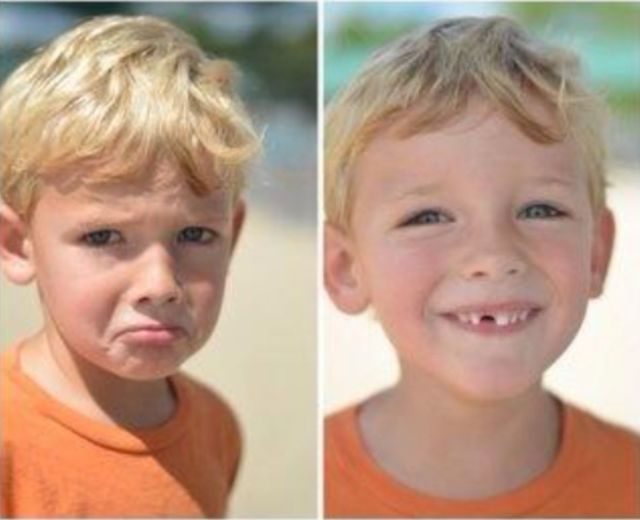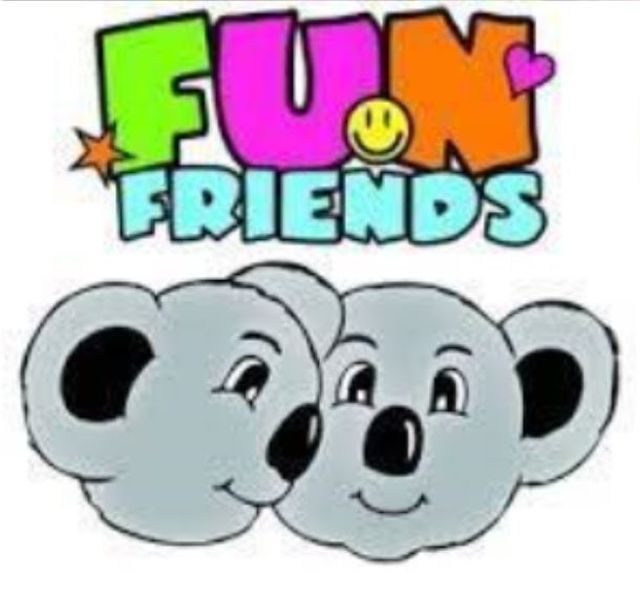 Hello Fun Friends. This is our last message of this year and we want you to carry on being Brave and Happy!
Hello Fun Friends. This is our last message of this year and we want you to carry on being Brave and Happy!
Remember to use your milkshake breathing and relax when you feel upset or worried. Also it can be good to talk about your feelings with people who care for you.
Mirror, Mirror
 When you are looking at yourself in the mirror (perhaps brushing your teeth or hair) Tell yourself something positive e.g “I can be brave, kind, helpful, try my best” These are positive (green) thoughts.
When you are looking at yourself in the mirror (perhaps brushing your teeth or hair) Tell yourself something positive e.g “I can be brave, kind, helpful, try my best” These are positive (green) thoughts.
You can help other people to have green positive thoughts too. Send a message to a friend, member of your family or neighbour.
We know that you are Brave! We saw how Brave you could be at Glenwood and we know you will continue to try and be brave. Remember to keep practising being brave. Brave is :
- Looking people in the eye
- Smiling
- Using a brave voice
- Standing up tall
- Trying your best and giving it a go!
Making New Friends
 It’s good to make new friends and to play with different people. Friends smile, help, talk, listen, play and share. What would you tell your friend? What would you ask them? Would you tell them about your family?
It’s good to make new friends and to play with different people. Friends smile, help, talk, listen, play and share. What would you tell your friend? What would you ask them? Would you tell them about your family?
Family Fun Questions (why not write these out, add some more and then pick a question to answer)
- Who has the loudest laugh?
- Who makes the best food and what is it?
- Who is the funniest person?
- Who has the smelliest shoes?
- Who is the oldest person in the family?
- What is your favourite thing to do?
Our support Team
 Sometimes we need help or care from others. On a piece of paper draw yourself and then people who can help or support you round about you. This might include siblings, wider family, neighbours, teachers (pets can also be included).
Sometimes we need help or care from others. On a piece of paper draw yourself and then people who can help or support you round about you. This might include siblings, wider family, neighbours, teachers (pets can also be included).
Game – What could you do if? (Think of solutions to these problems)
- You don’t get a plate/book but everyone else does.
- There’s a lion in the garden.
- There is a group of children playing and you want to join in.
- Everyone is doing an activity and you don’t know how to do it.
- Your friend gets their head stuck in some railings.
Make up your own scenarios – some things that might happen and some funny.
It’s ok to say No!
Sometimes our friends do or say things we don’t like. Remember it’s ok to say “I don’t like that”. Look the person in the eye and use a brave voice. Next you can get louder and show a cross face. Then use a very loud voice and show your angry face and body (no hitting or kicking). Get help from an adult if you need it.
 We follow the rules so we don’t get lost or hurt. We ask for help when we need it and we remember the Pants rule https://youtu.be/_SzbMEVYiyg
We follow the rules so we don’t get lost or hurt. We ask for help when we need it and we remember the Pants rule https://youtu.be/_SzbMEVYiyg
Game – Today we will be……
Here are a few positive behaviours (add your own), write them on pieces of paper, fold them up, put them in a container and then pick one out each day. Then everyone playing needs to try and be this word.
Determined Flexible Thankful Friendly Creative Funny Surprising Tidy Helpful Co-operative Bendy Strong Gentle Playful Try hard
Keep Learning!
As you grow there are lots of things to learn! Keep practising to achieve your goals and try hard! Remember: ‘No matter how old you are everyday is a learning day’.
We are proud of you!
Being in lockdown has been very hard and we want you to know that we have missed you very much but we are very proud of you staying at home or going to a nursery hub.
We hope you will continue being Fun Friends and will remember:
-
- Friends- can recognise our own and others feelings
- Relaxing and milkshake breathing
- I can do it – turning red thoughts green
- Encouraging – I can achieve a goal
- Nurture – I can be a good friend
- Don’t forget to be brave!
- Stay happy!
